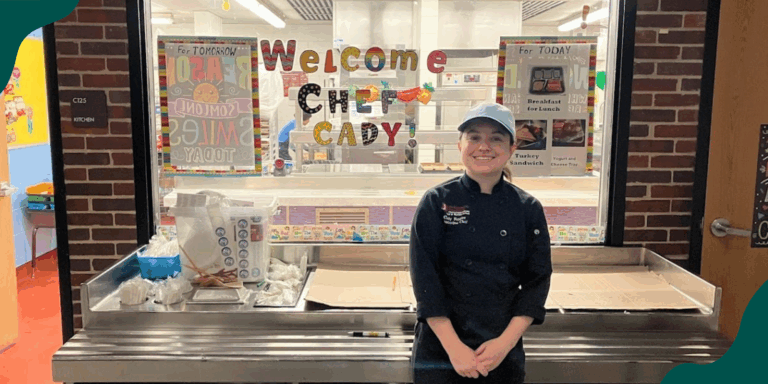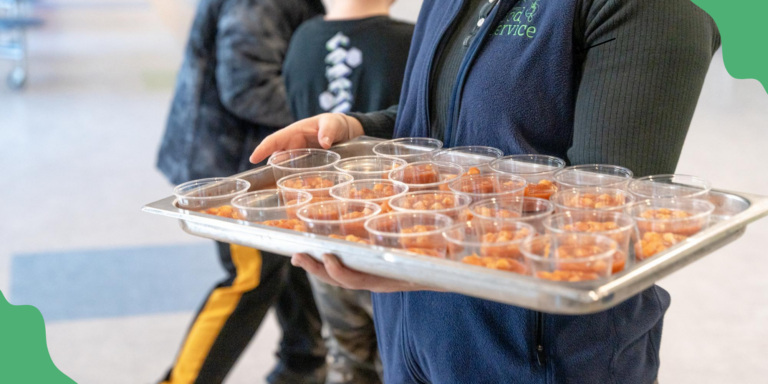Recap: What’s Next for Schools? A Virtual Panel on the Impact of the White House Conference [Video]
Here’s what panelists discussed at our virtual panel on the impact of the White House Conference on Hunger, Nutrition, and Health.
Here’s what panelists discussed at our virtual panel on the impact of the White House Conference on Hunger, Nutrition, and Health.

In September, the White House convened its Conference on Hunger, Nutrition, and Health, where the federal government unveiled a new strategy for a healthy nation. In collaboration, FoodCorps rolled out its $250 million Nourishing Futures initiative. The work of food education, nutrition, and school meals for all continues to be critically important.
Now that the conference is over, what’s next for schools, kids, and the policies that affect them?
School food is not just a right which is fundamental, but also a rite or a sacred value of the school day for young people.
Dr. Robert S. Harvey, FoodCorps President
On November 1, FoodCorps convened a virtual panel of school food leaders to share how school nutrition and food education will play a role in the country’s new strategy. Sen. Debbie Stabenow of Michigan offered welcome remarks, speaking about the importance of this national moment centered on advancing kids’ health and well-being.
Panelists included:
In a lively conversation, the panelists spoke about the significance of the White House’s commitment to kids and schools. Investments in farm to school, modernized school kitchens, and increased training for school nutrition staff can have sweeping impacts on how kids experience food in school.
“School food is not just a right which is fundamental, but also a rite or a sacred value of the school day for young people,” said Dr. Robert S. Harvey.
The panelists discussed the opportunities for furthering equity in school nutrition, from ensuring that what’s on the lunch tray reflects a child’s home culture and community, to ending the stigma associated with free and reduced-price school meals.
“Building a food culture is more than just having school food at school,” said Lola Bloom. “It’s recognizing that this is what keeps us alive and connects us to our history, our land, and the future.”
There’s also potential for shifting long-held perspectives about school meals, the panelists pointed out, and for more families and communities to see the incredible value of school meals and food education.
“The vision that I have is more classrooms with teachers in the gardens,” said Janelle Manzano. “Parents are looking at the school menus and seeing some great potential there…to have conversations with their students, having conversations in their classes, and utilizing the food as part of everyday life.”
Moderator Morgan McGhee also reminded listeners to join FOLCS, FoodCorps’ professional network for people of color working in school nutrition. “Whether you’re a frontline food service worker, whether you are working in a candidate’s organization, if you identify as a person of color, we want you all to join because it’s important for you to be seen and valued and heard within schools,” McGhee said.
Visit FoodCorps’ YouTube channel to watch the virtual panel in full, and sign up for emails from FoodCorps to learn more about the Nourishing Futures initiative.

The Policy Brief: 2025 State Policy Updates

Alumni Spotlight: Cady Molloy, School District Executive Chef

6 Careers in Food That Make a Difference